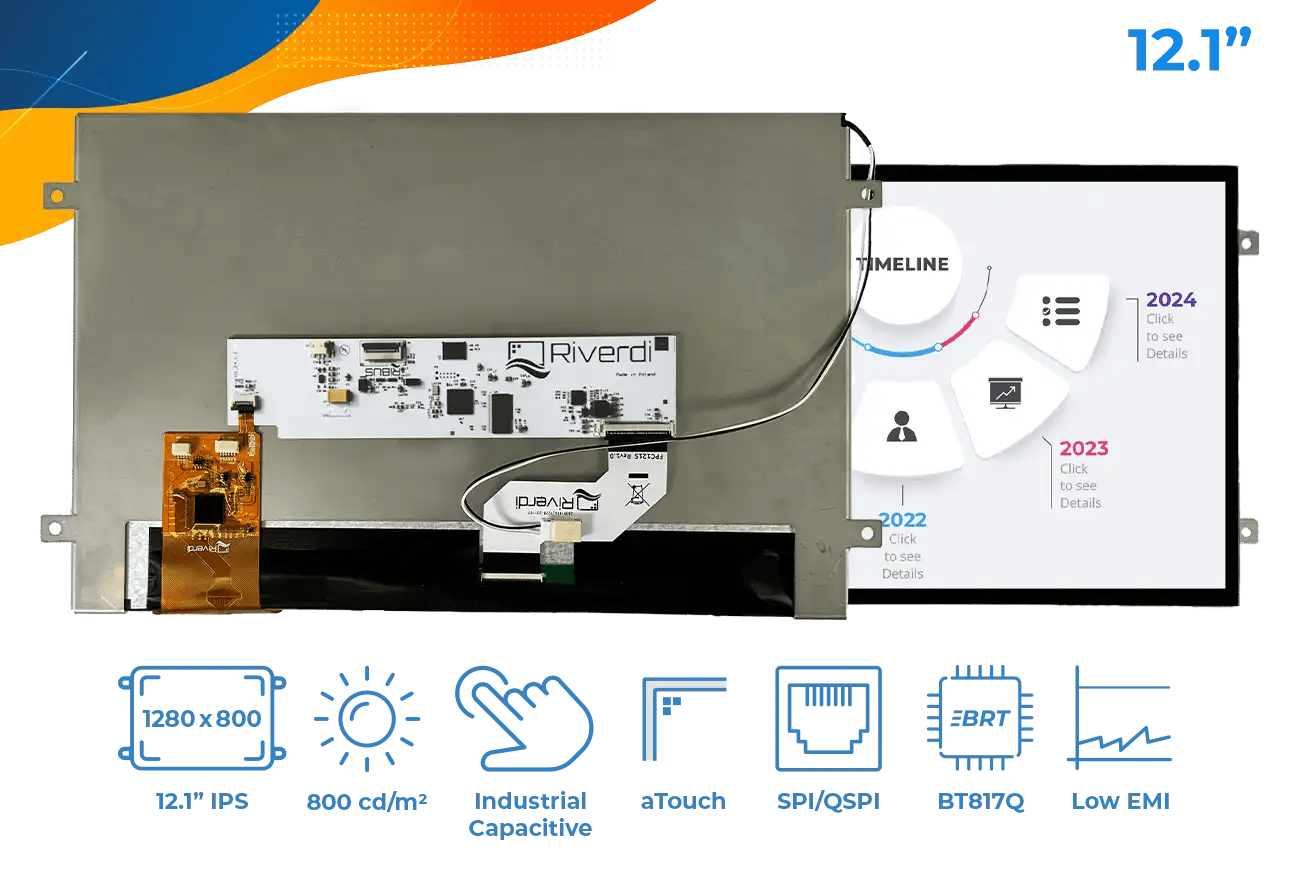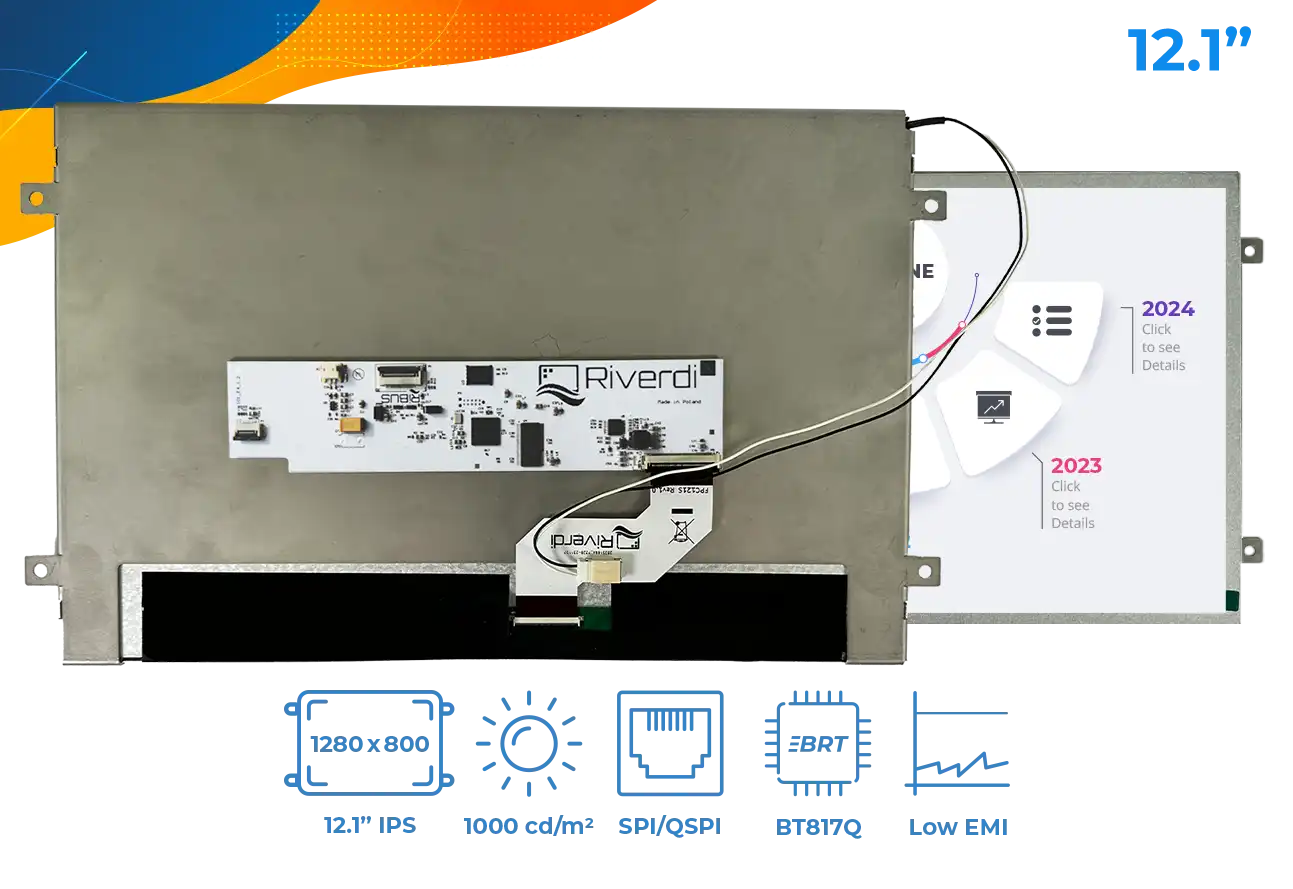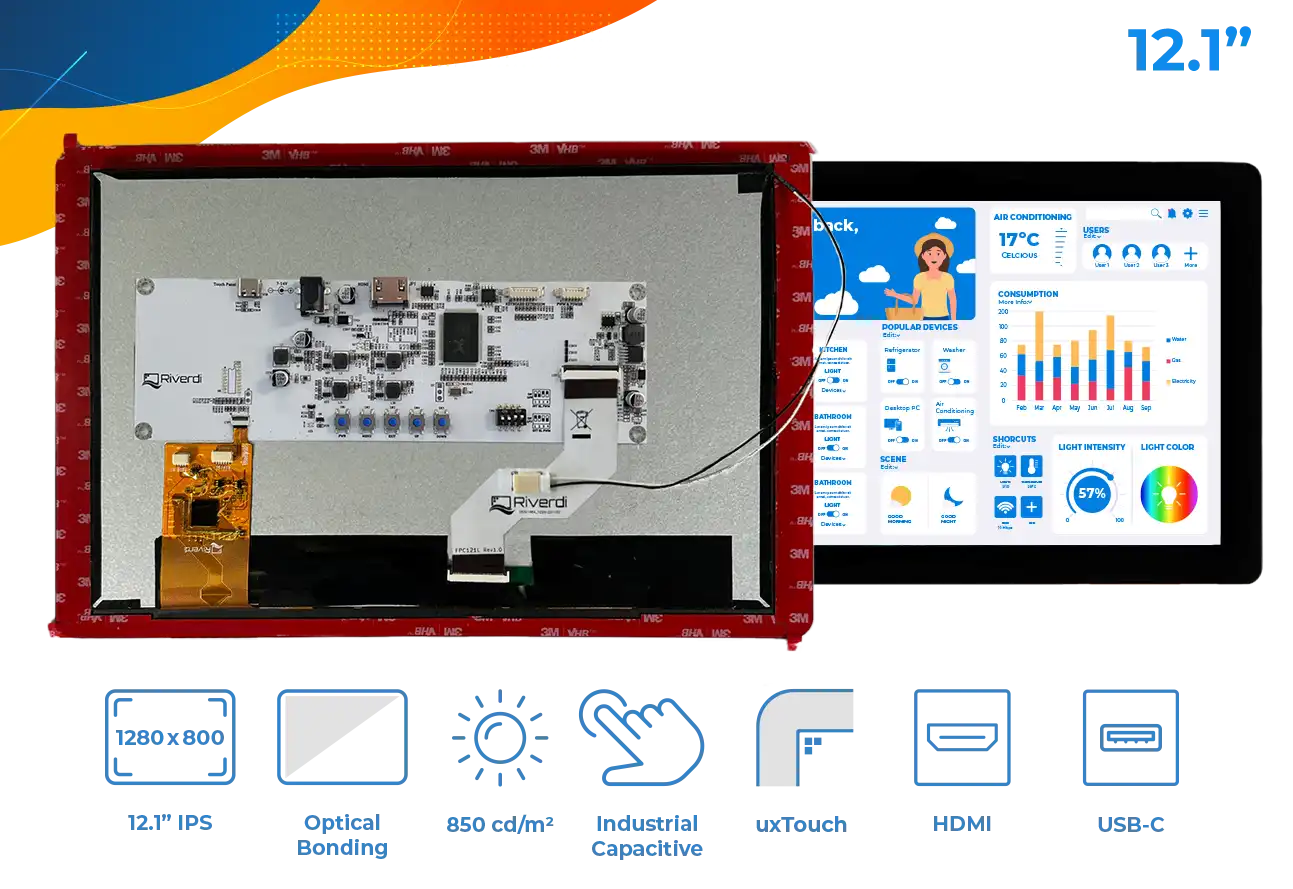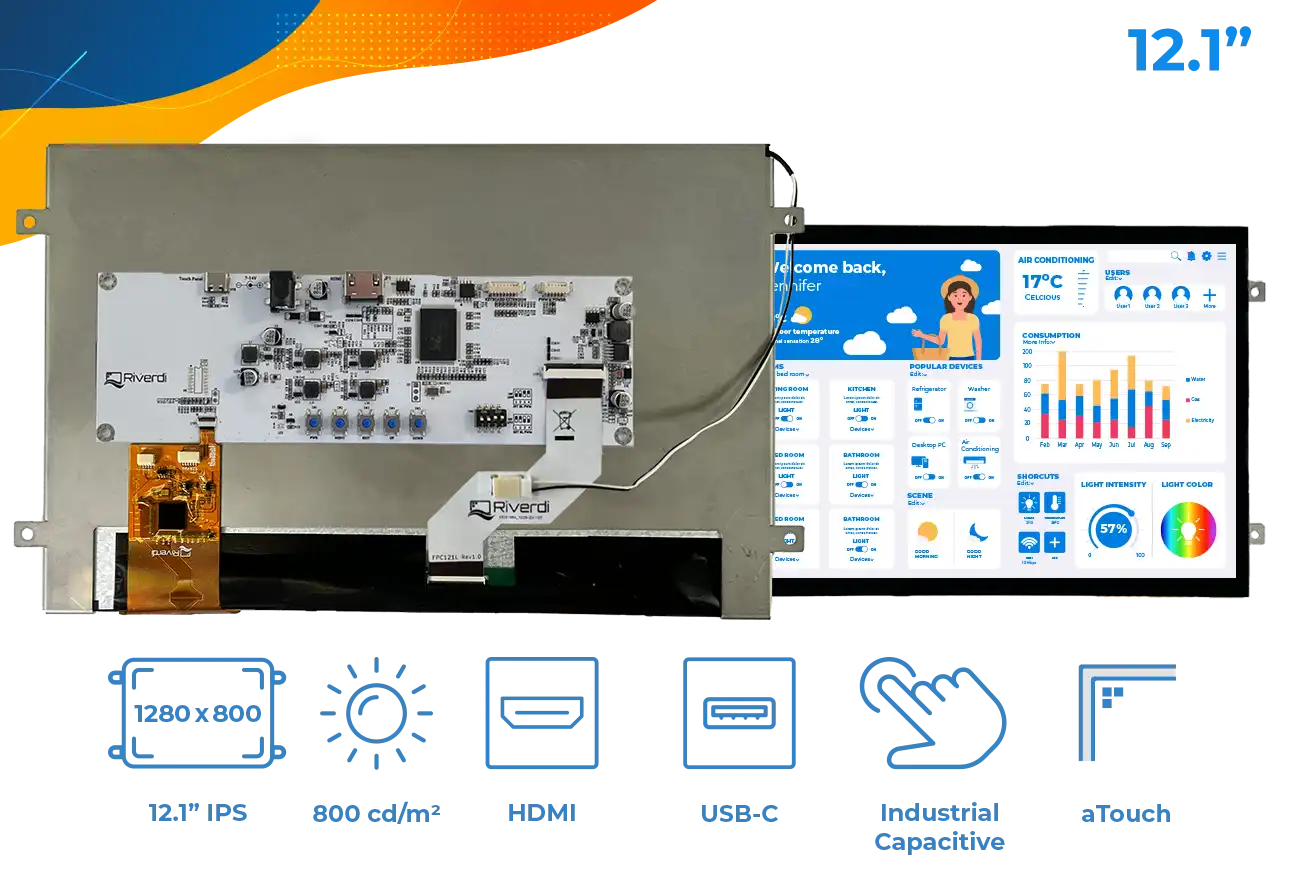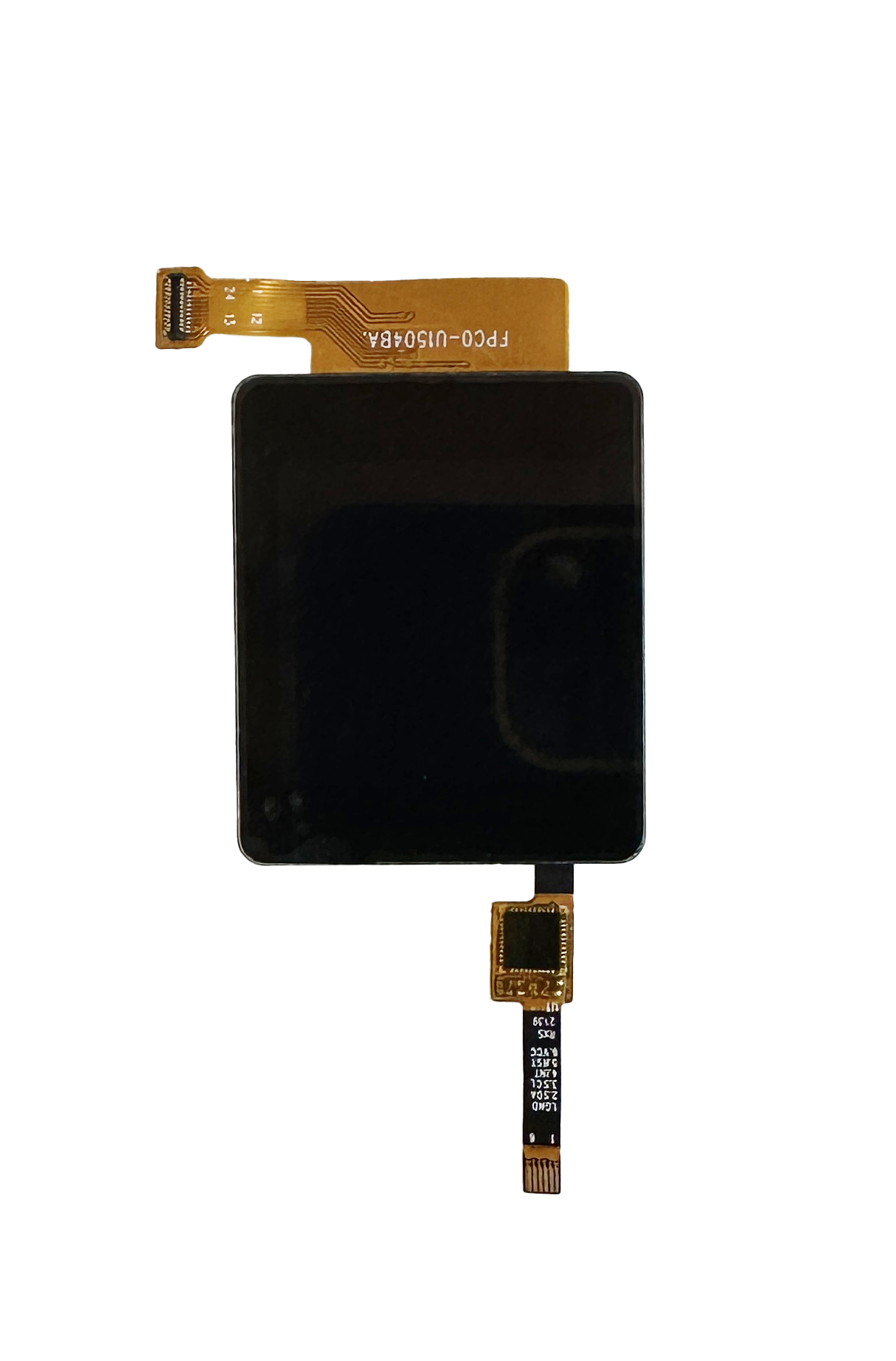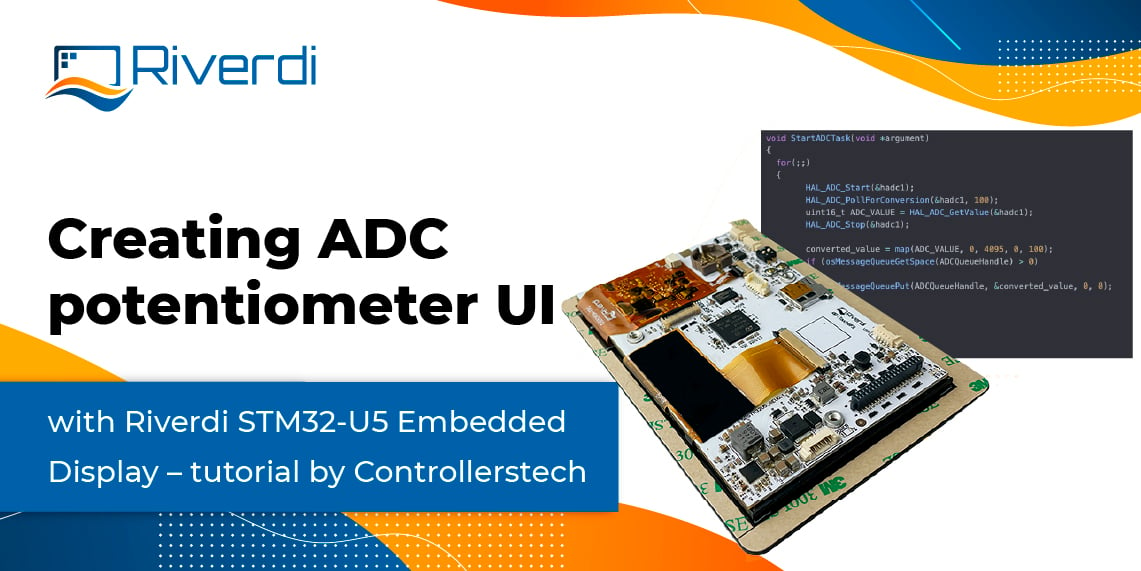In this week’s Display 101 post we’ll talk about all the different kinds of tests that we perform to ensure that our displays are reliable, stable, and consistent in quality.
Reliability test
A reliability test refers to the conditions in which our product is dependable and stable. In this way, we certify the circumstances in which you can count on the durability and trustworthiness of our products.
Before implementation, our components are exposed to adverse factors such as temperature, humidity, etc. This tells the constructor how much stress it is possible to put on the equipment to keep it behaving in accordance with the expected functionality.
The results of these tests (with the numerical values) can always be found in our catalog notes in one of the last chapters of the documentation:
Figure 1. View of an example application note
In this post, we will present all the types of reliability tests and the process of conducting them on our products.
All the tests we use
- Temperature Storage Test – electrical properties of the devices change significantly with a large rise or fall in temperature. These tests are carried out to assess the effect of long-term exposure of the equipment to respectively high and low temperature with the device turned off. Before testing, the object must be at a specific temperature for a specific time. After the test, the object is inspected visually and electrically within established time (proper for the module). The temperature in the chamber is sustained at DUT (Device Under Test) levels for a specific time and afterwards we test if the device is up and running with all its features.

Figure 2. Temperature Storage Test Chamber
- Temperature Operating Test – the element differentiating these tests from the one from the previous point is that the DUT (Device Under Test) is powered, turned on and fed with video signal. It should perform just like in the intended final device. As a rule, the temperature range that these tests pass is smaller than the storage tests.
- Temperature Cycle Test – defines the device’s hardiness to cyclic temperature changes. In a relatively short time, the product is heated and cooled. This test tells you how well the product tolerates temperature shock. The tests are also carried out in special chambers, just like in those discussed before.

Figure 3. Temperature Cycle Test Chamber
- Vibration Test – in this test, the object is vibrated by special shakers. Performed shocks are in a specific frequency range, deviation and in 3 directions respectively.
- Damp Proof Test – the product is placed in a high-temperature chamber, but this time the humidity is also kept high. The test results describe the temperature, RH and length of the experiment. RH – refers to relative humidity.

Figure 4. Vibration Test Machine
- Package Drop Test – the boom holds the element at the specific height, at the right angle and good durability is experimentally checked.

Figure 4. Package Drop Test Machine
ESD Test (Electrostatic Discharge Test) – ESD is a sudden momentary flow of electric current between two objects with different electric potentials, usually created by electrifying. This phenomenon can be observed during everyday activities, when a large load accumulates on the human body, for example, by rubbing on clothing/carpet. We feel it as an “electric kick” – it can even be several kV. Such a discharge can permanently damage the device, which is why ESD tests are performed. ESD generator used in this case is intended to simulate a human, therefore its RC block has parameters similar to the human body – it’s capacity and resistance. Tests are performed in 2 cases by touching the test object and by air discharge at a specific distance. Depending on this, the appropriate ending is selected.

Figure 5. Generator ESD
Now that you know everything about our reliability tests, and the machines we use in the process, we hope that you understand how much work stands behind every reliability test table you see in the documentation. Moreover, you can be sure that every Riverdi product is tested, and ready to be implemented in your design.









